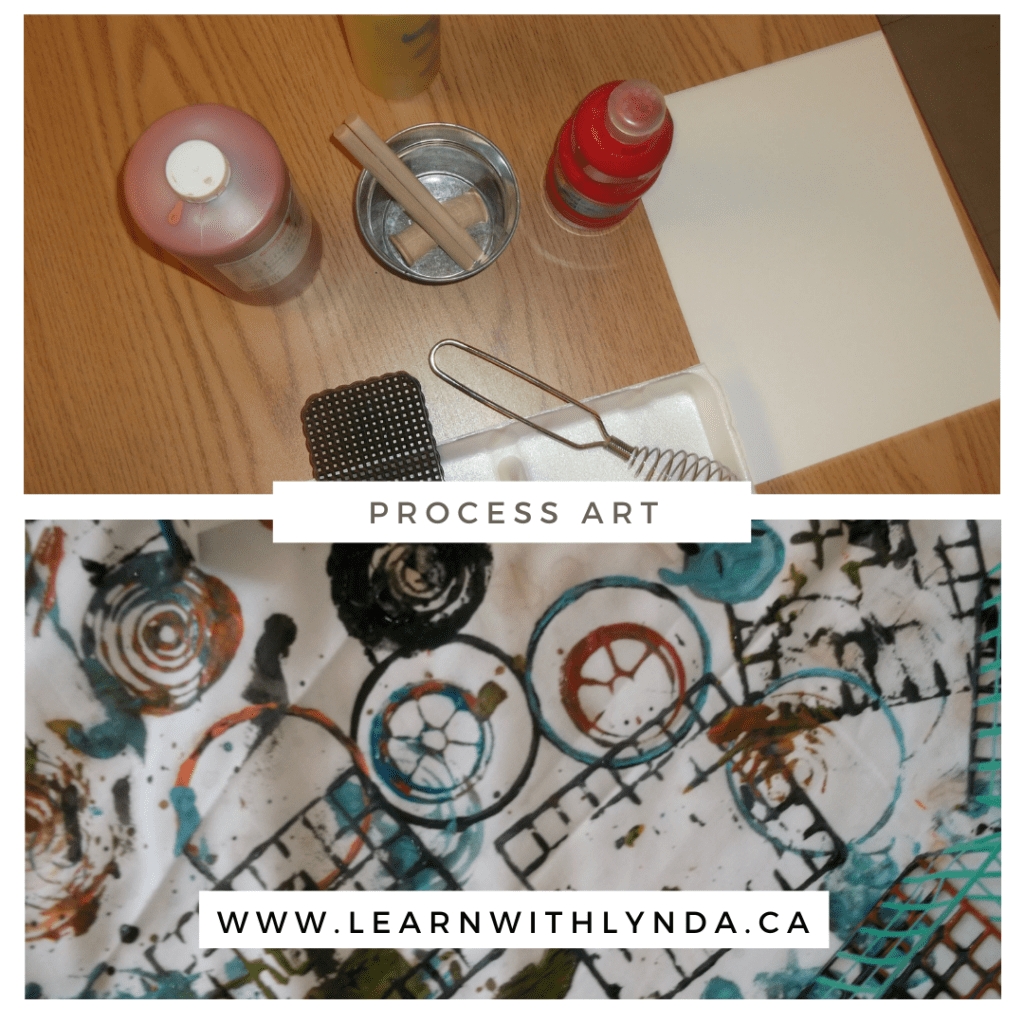In the world of early childhood education, the term “process art” is gaining significant traction, and for all the right reasons. Unlike traditional art projects where the focus is on creating a specific end product, process art places emphasis on the journey of creating, rather than the final result. This approach not only allows children to explore their creativity freely but also offers many benefits for their overall development.
Encourages Creative Expression
Process art provides children with the freedom to express themselves in their unique ways. Without the constraints of predetermined outcomes, they can experiment with different materials, colors, and techniques, allowing their imagination to soar. Whether they’re splattering paint, molding clay, or creating collages, each mark they make is a reflection of their individuality and creativity.
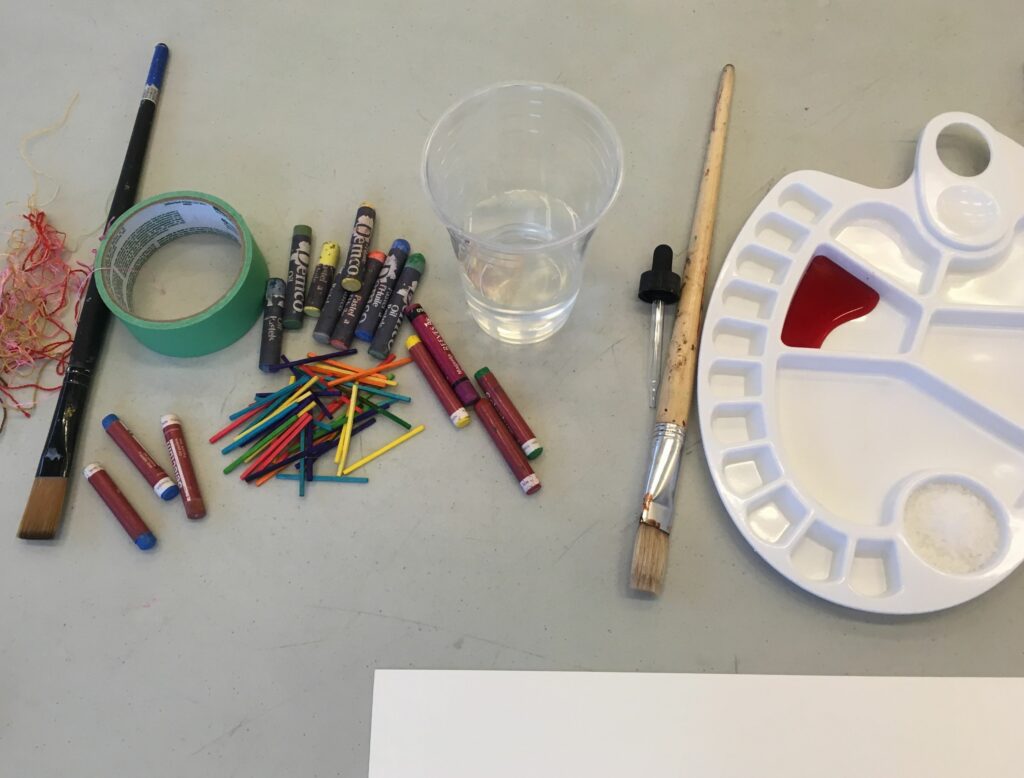
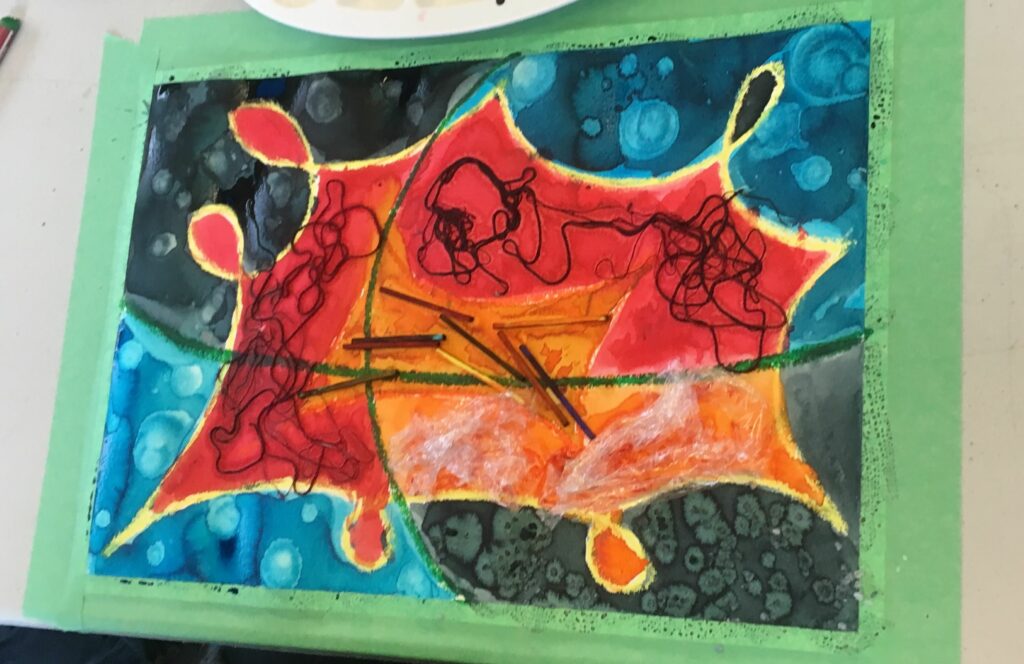
Fosters Critical Thinking Skills
Engaging in process art encourages children to think critically and make decisions as they explore various materials and methods. They learn to observe, analyze, and problem-solve, all of which are essential skills for their cognitive development. For instance, they might experiment with mixing colors to discover new shades or refine their techniques to achieve different textures. This experimentation and play nurtures their curiosity and helps them develop a deeper understanding of cause and effect.
Builds Confidence and Self-Esteem
In process art, there are no right or wrong answers. As they witness their changing creations through the process of exploration and experimentation, they gain confidence in their abilities and develop a positive self-image. The process becomes more important than the outcome, instilling in them a sense of pride and accomplishment regardless of the final result.
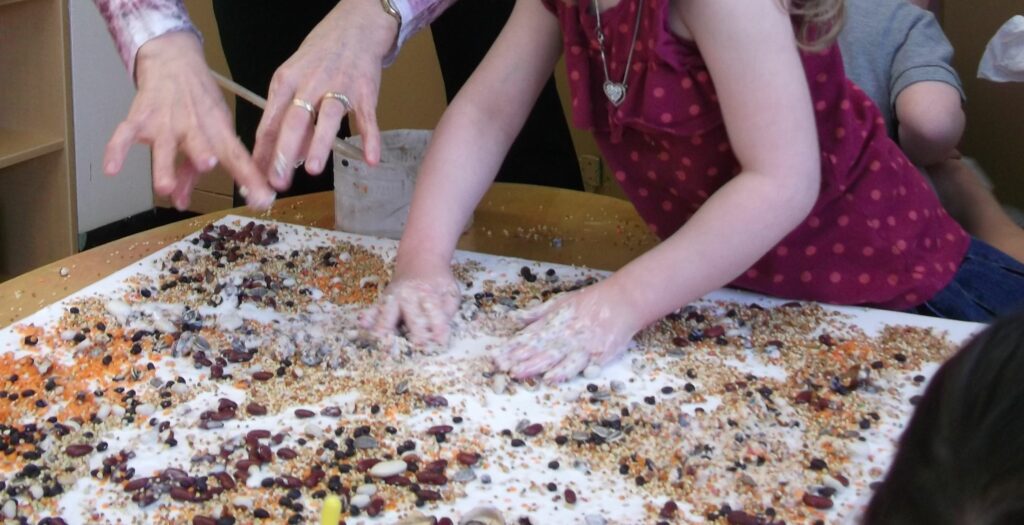
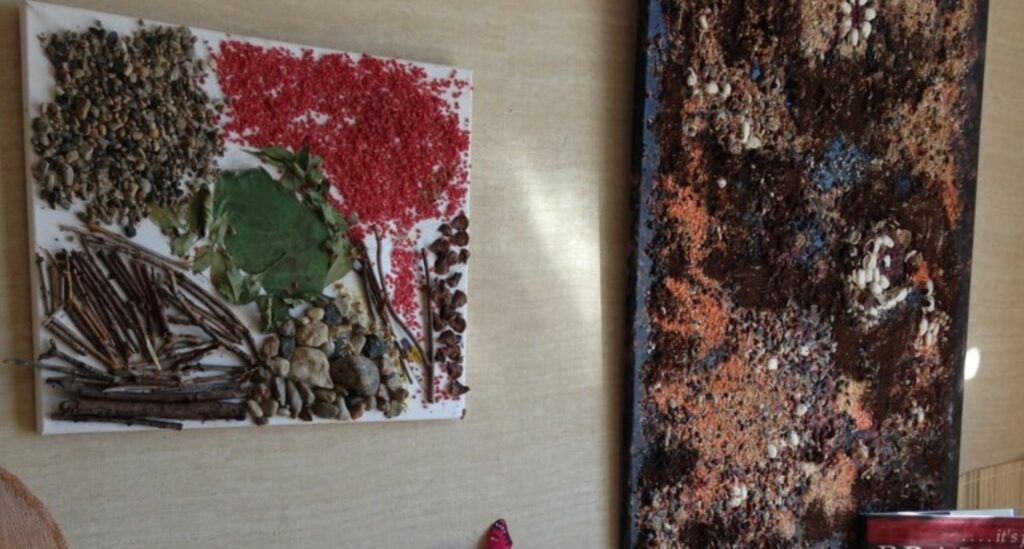
Promotes Sensory Exploration
Process art engages multiple senses, providing children with rich sensory experiences that stimulate their curiosity and creativity. Whether they’re squishing paint between their fingers, feeling the texture of different materials, or smelling the aroma of freshly mixed colors, each sensory input contributes to their overall learning and development. These sensory-rich experiences not only enhance their cognitive skills but also lay the foundation for future academic success.
Cultivates Emotional Regulation
Artistic expression serves as a powerful outlet for children to channel and regulate their emotions. Through process art, they can explore and express their feelings in a safe and constructive manner. Whether they’re feeling joyful, frustrated, or anxious, they can use art as a means of self-expression and emotional release. This process not only helps them develop emotional intelligence but also equips them with valuable coping mechanisms that they can carry into adulthood.
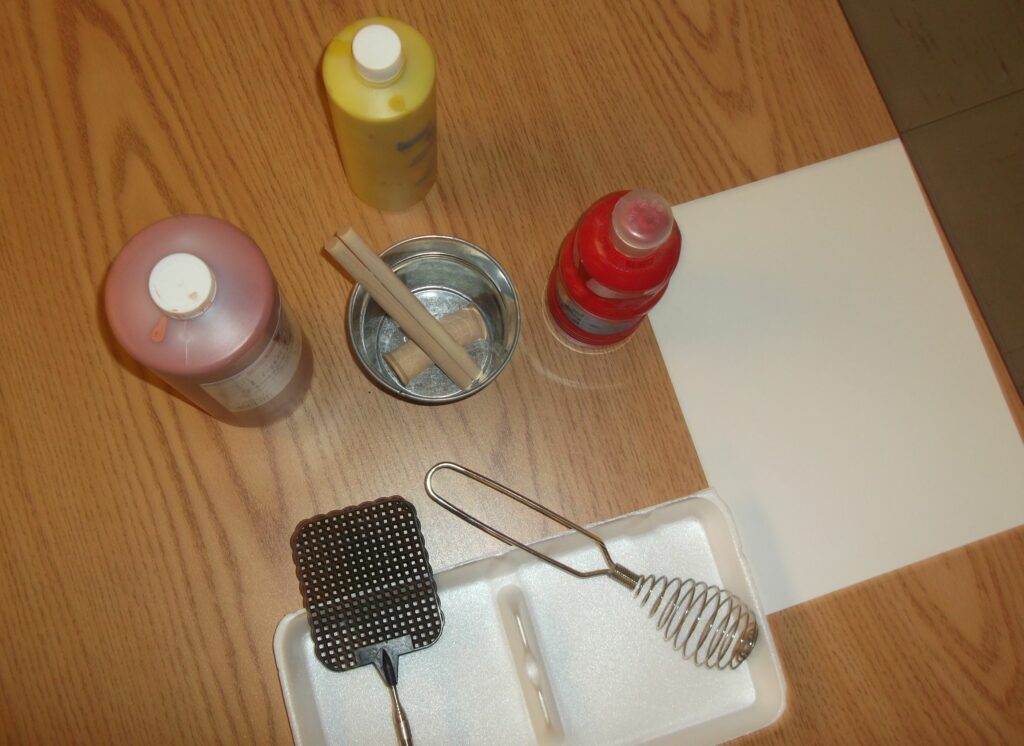
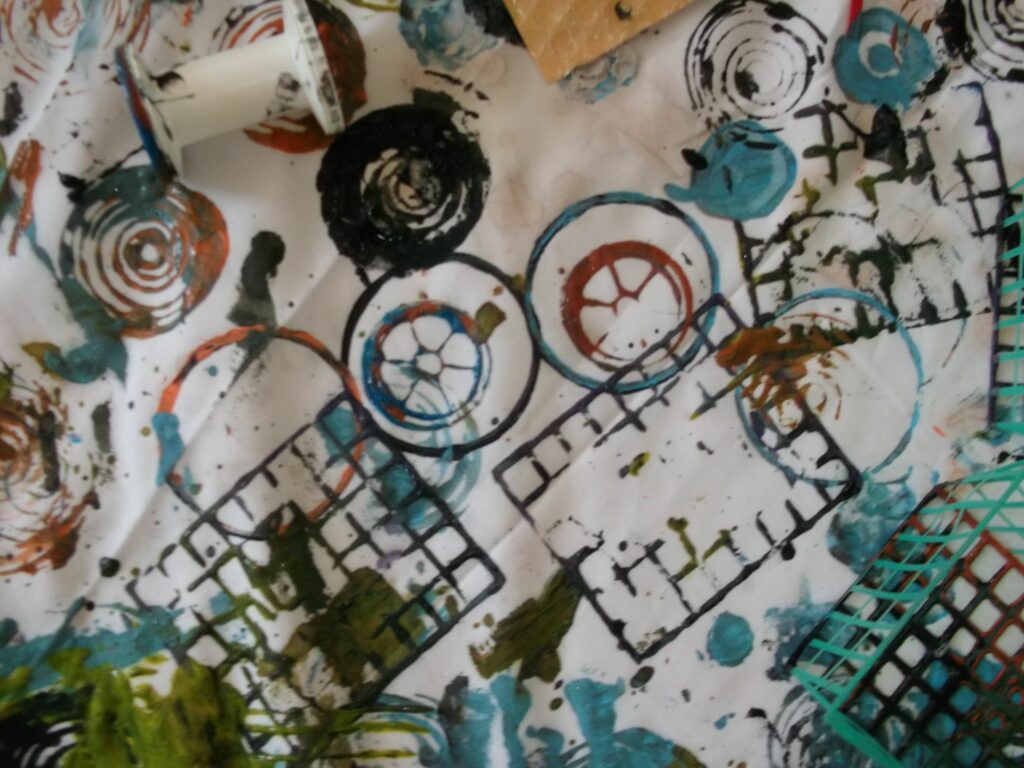
Strengthens Fine Motor Skills
Engaging in art activities such as drawing, painting, and sculpting requires children to use their fine motor skills, which are essential for tasks such as writing, tying shoelaces, and buttoning clothes. As they manipulate various art materials and tools, they refine their hand-eye coordination, dexterity, and muscle control. These skills lay the groundwork for future academic and life skills, making process art a valuable component of early childhood development.
When we embrace the magic of process art, we empower children to become confident, resilient, and imaginative individuals who are capable of navigating the complexities of the world around them. In the world of process art, every brushstroke is a masterpiece in its own right.
Next week I’ll share some of my favourite process art inspiration books.
Happy Learning,
Lynda

